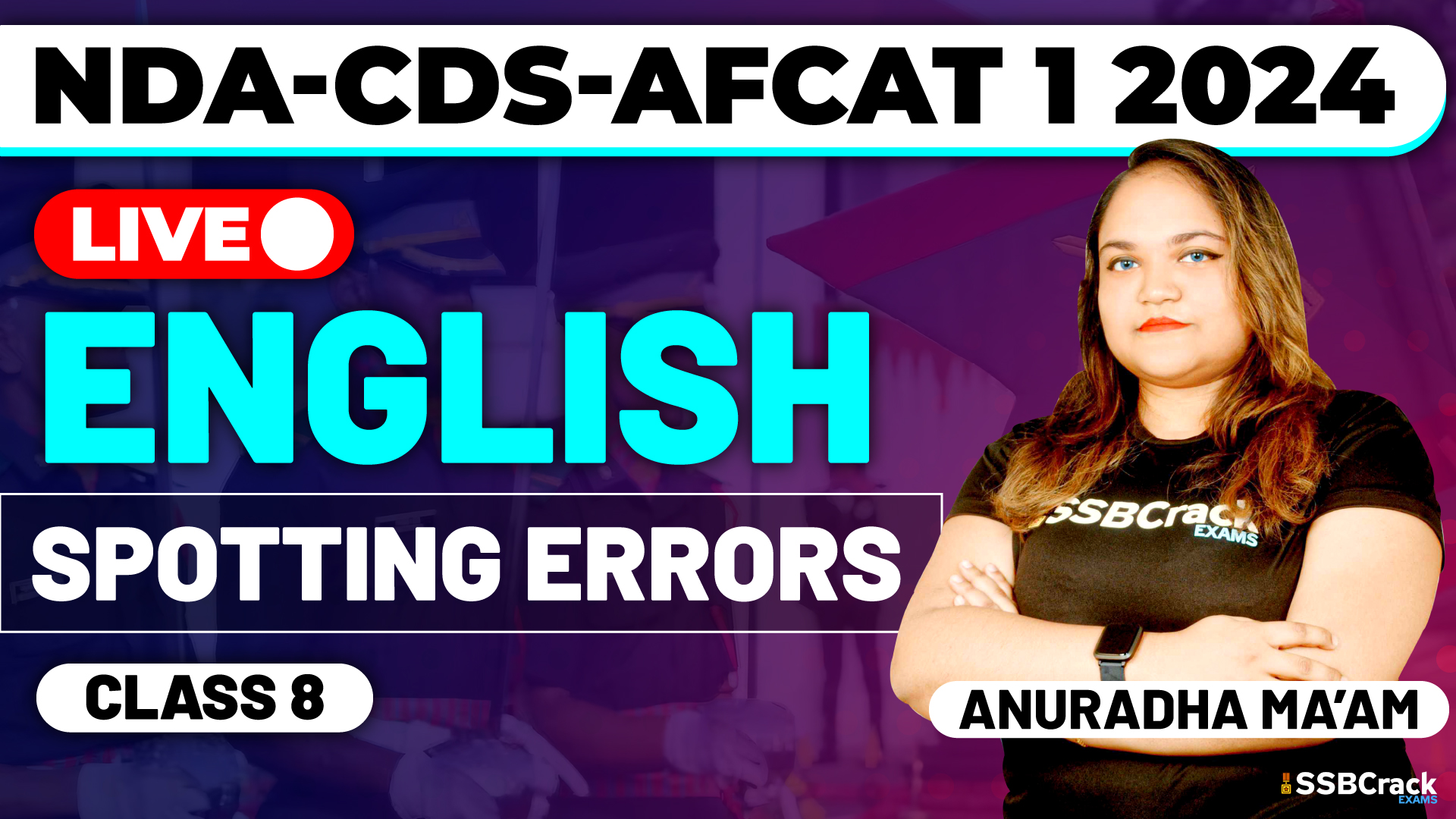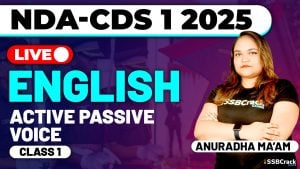In the competitive realm of exams like the National Defence Academy (NDA), Air Force Common Admission Test (AFCAT), and Combined Defence Services (CDS), a strong command over English is paramount. Among the various topics, “Spotting Errors” holds the key to success. To excel in this section, understanding the rules of articles and interjections is crucial. In this article, we will delve into these important rules, which can be your guiding light in the journey to success in these exams.
Rules of Articles: A, An, and The
1. The Definite Article “The”
- “The” is used when you want to refer to a specific noun, something both the speaker and the listener are familiar with. Example: “The dog in the yard is barking.”
2. The Indefinite Articles “A” and “An”
- “A” is used before words that begin with a consonant sound, while “An” is used before words that start with a vowel sound. Example: “A book” or “An apple.”
3. No Article for General Statements
- In general statements or when referring to something in a non-specific manner, articles are not used. Example: “Cats are agile animals.”
4. Use of Articles with Singular and Plural Nouns
- Articles can be used with both singular and plural nouns. Example: “The trees in the forest” or “A tree in the forest.”
5. Articles with Countable and Uncountable Nouns
- “A” or “An” is used with countable nouns (e.g., “a cat”), while “The” or no article is used with uncountable nouns (e.g., “the water”).
Rules of Interjections
1. Interjections Express Emotion
- Interjections are words or phrases that express strong emotions, often appearing in sentences as exclamations. Example: “Wow, that’s amazing!”
2. Punctuation and Capitalization
- Interjections are often followed by an exclamation mark and capitalized. Example: “Oh, my goodness!”
3. Placement in Sentences
- Interjections can appear at the beginning, middle, or end of a sentence to convey emotions effectively. Example: “Bravo! You did it!” or “You did it, bravo!”
4. Variability in Length and Form
- Interjections can vary in length and form, from short exclamations like “Ouch!” to longer expressions like “Oh, my God, I can’t believe it!”
5. Common Interjections
- Some common interjections include “Wow,” “Oops,” “Ah,” “Aha,” “Alas,” and “Yay,” among others.
Conclusion
Mastery over the rules of articles and interjections is not just about understanding grammar; it’s about enhancing your ability to spot errors and communicate effectively. In the context of competitive exams like NDA, AFCAT, and CDS, these rules are invaluable. They contribute to precision and clarity in your language, enabling you to perform well in the Spotting Errors section and beyond. Articles and interjections are not mere linguistic components; they are your allies in the journey to success in these exams.

















